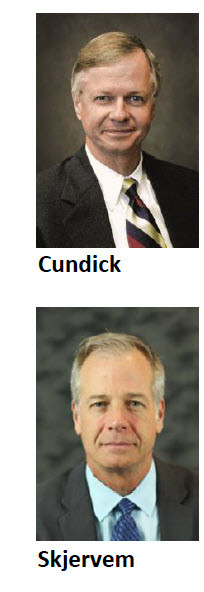The URS Newsroom: For Policymakers, Media, and the Public
Longtime URS CIO Retires; Replacement Named

Bruce H. Cundick, recognized as one of the top Chief Investment Officers in the world, is retiring after more than 20 years at Utah Retirement Systems. Former Oregon State Treasury CIO John D. Skjervem has been named his successor, effective Nov. 8, 2021.
“I’ve been so grateful to be involved in such a world-class organization,” Cundick said. “I have a high regard for the people of URS and have developed many warm relationships. I’m especially proud of our mission. I’m happy to have been part of an organization that makes life better for other people — our members and retirees.”
Under Cundick’s watch, the URS pension fund grew from about $13 billion to about $43 billion as of June 30, 2021. In that time, the fund returned a yearly average of more than 7.8%, outperforming more than 90% of similarly sized public pension funds, according to investment consulting firm Callan and Associates.
The URS pension fund provides retirement security for Utah’s teachers, firefighters, police officers, and other public employees. During Cundick’s tenure, every dollar of benefits paid to URS retirees included, on average, about 65 cents generated through investment returns.
"URS retirees may not know his name, but Bruce Cundick played a vital role in their lives," said URS Executive Director Daniel D. Andersen. "We’ve been fortunate to have Bruce, not only for his investing expertise, but also his skill in creating and leading a world-class investment team. He’s truly a giant in his industry, and his contributions and commitment to our mission have been immeasurable."
Cundick was named one of the top 100 CIOs in the world in 2019 by Chief Investment Officer magazine, recognized for his innovation and influence, collaboration, and talent development. Under his leadership, URS receives frequent investment industry accolades for prudent fund management and innovation. URS was awarded Best Retirement Plan Design (2014) and Public Fund Investor of the Year (2009) by Institutional Investor magazine. In 2018, the American Investment Council ranked URS third among 163 U.S. public pension plans for 10-year private equity returns.
"I’m grateful for the wonderful staff that I worked with," Cundick said. "Our portfolio is a success because of their dedication and expertise. I wish them the best and am excited for them to continue to build on the accomplishments we achieved together."
After a nationwide search led by global organizational consulting firm Korn Ferry, Skjervem was selected after several qualified candidates were interviewed. From 2012-2020, Skjervem led a 60-member team responsible for Oregon’s $111 billion financial and real asset investment program, including the state’s $82 billion public employee retirement fund. More recently, he served as CEO for Alan Biller and Associates, Inc., involved in all aspects of the firm’s $131 billion investment consulting practice.
"I’m delighted and honored to join URS in an investment leadership role and look forward to extending the exemplary record Bruce and his staff have compiled during his long and distinguished tenure," Skjervem said.
Prior to his tenure in Oregon, Skjervem was an Executive Vice President at Northern Trust, where he held a variety of portfolio management and leadership positions, including Chief Investment Officer for the firm’s $180 billion wealth management division.
"We feel very fortunate to have John," Andersen said. “He brings a wealth of experience and expertise from both public pension funds as well as private sector money management. We’re confident he can help us take our investment program to the next level."
URS serves more than 240,000 current and past Utah public employees by administering their retirement benefits and managing the pension fund that pays them. URS provides financial stability for thousands of Utah families and their communities, administering benefits that help attract and retain a vibrant public workforce. It also provides a significant, reliable economic boost to the state each year. URS paid more than $1.8 billion in pension payments in 2020, the vast majority of which remained in the Utah economy.
